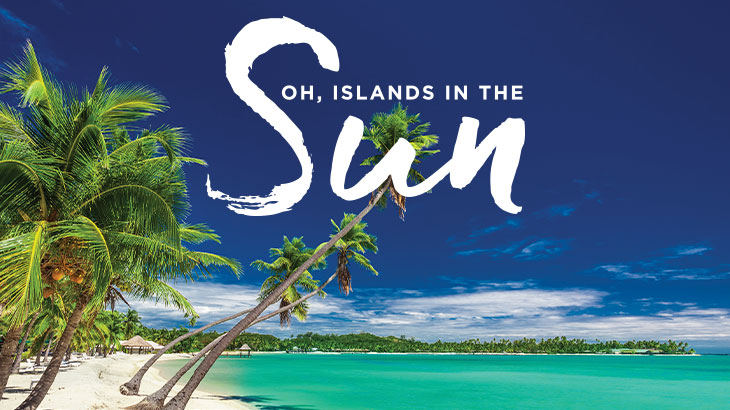Oh islands in the sun
As Waterfront magazine celebrates its 25th edition, we take a look at the evolution of the waterfront market in Fiji since the 1990s.
Philip Toogood, director of Bayleys Fiji, says the early-to mid-1990s saw the birth of the Fiji property market as we know it today.
“Before Denarau Island started to truly gather development momentum around 25 years ago, Fiji was a very different scenario for off-shore leisure investors,” he explains.
“The Coral Coast, on the south eastern side of the main island of Viti Levu, was one of the first areas in Fiji to be developed for tourism, with big international-brand resorts on the beachfront like the Intercontinental Resort, Shangri-La’s Fijian Resort and Spa, and Outrigger Fiji Beach Resort.
“There were also pockets of development in Pacific Harbour, the outer Mamanuca Islands, Musket Cove, and to a lesser extent, the islands of Taveuni and Vanua Levu in the Savusavu area.”
In 1996, the developers of Denarau Island created a new product for the region – managed strata-titled apartments.
“This concept was honed and Bayleys Real Estate in New Zealand teamed with the Denarau developers to market the Sheraton Denarau Villas in Fiji, New Zealand and Australia,” says Toogood.
“The campaign was exceptionally successful and when the project was completed in the late 1990s, it brought a new form of tourism accommodation – and investment opportunity – to the Fiji market.”
The two or three-bedroom apartments were purchased by individual investors who had annual holiday rights, with their apartments in the management pool when not in residence.
“Along with the lifestyle benefits, owners got attractive returns on their investment and this formula was an excellent way to add to the Fiji accommodation inventory, without a single entity having to fund and own such a significant development,” says Toogood.
In early-2003 as the global economy flourished, there was a commensurate property boom in Fiji, especially on Denarau Island, but also further afield.
“Land values increased dramatically – by as much as 300 percent in some instances – on Denarau,” says Toogood.
“New homes were built and the secondary market, for the likes of Sheraton Denarau Villas, saw growth in values approaching 50 percent from original launch prices.
“Whole new residential precincts came on stream within Denarau and sales were brisk, particularly to New Zealander and Australian families seeking tropical holiday homes in the sun.”
One New Zealand family had the foresight to acquire four adjacent waterfront residential lots in an absolutely prime position on Mariners Reach, Denarau Island, and today, this 1,000 square metre enclave “The Gables” is one of the South Pacific’s most iconic private estates.
The Gables features in this edition of Waterfront and is offered for sale for the first time in 20 years.
Toogood says between 2003 and 2006, the leisure property market in Fiji was robust. The Sheraton Denarau strata apartment model was copied by the Radisson Blu Resort Fiji Denarau Island, the Hilton Fiji Beach Resort and Spa, and the smaller Golf Terraces, close to Port Denarau.
Sales were primarily made to local Fijian, New Zealanders and Australians in these waterfront locations.
“During this time, the Momi Bay residential development was launched by Bayleys and saw over 200 lots sold, again mainly to the Fijian, Australian and New Zealand markets,” explains Toogood.
“Unfortunately, the developer was unable to complete the project and the sales did not proceed to settlement.
“Deposits were returned to all lifestyle investors, but the opportunity to create another world-class integrated tourism development was lost.
“Today, the Fiji Marriott Resort Momi Bay stands on the site, but the residential and golf course land remain undeveloped.”
From 2006-2018, Naisoso Island Resort, an integrated tourism development with residential lots, hotel and resort lots and a marina, began selling down. Resorts and apartments are in the pipeline, with completion expected around 2022/2023.
Toogood says like much of the world, Fiji did not escape fallout from the 2008 global financial crisis, however, the property dynamics in the island nation were different.
“While offshore investors hunkered down to face the unknown investment territory ahead, Fijian investors took advantage of relatively low debt levels, and very low deposit rates being offered in Fiji at the time, and actively accrued property.”
Read more...
[Download PDF guide]